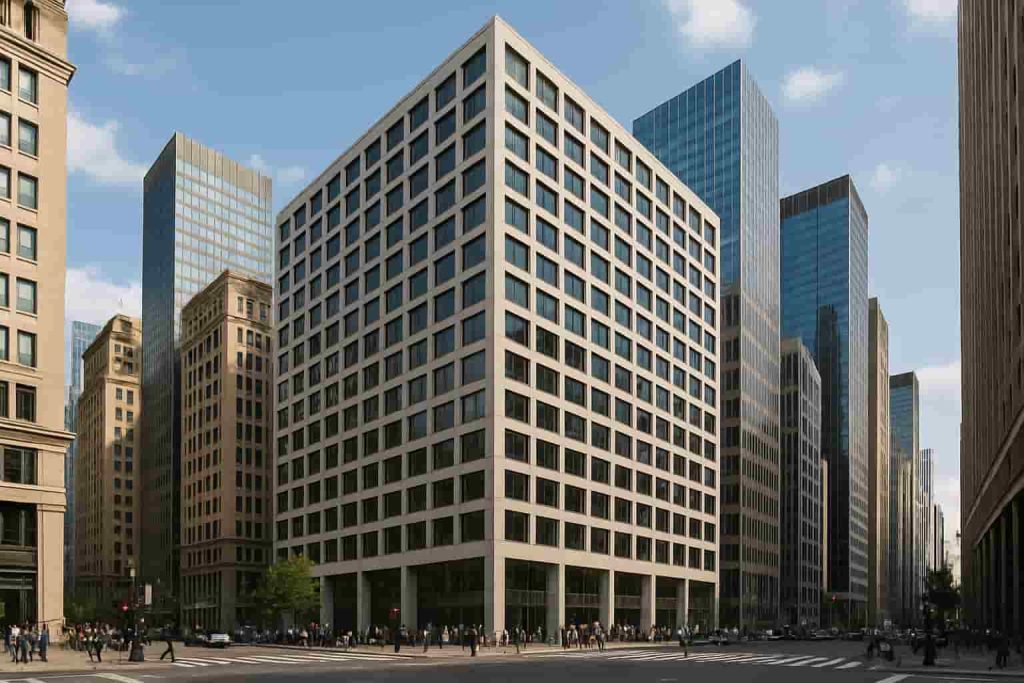Prior to the latest few rounds of interest rate hikes, commercial property loans in Australia actually hit a record high, increasing by 12.8 per cent in the 12 months to June of this year.
It was the best year for commercial property loan growth since 2009.
Statistics from the Australian Prudential Regulation Authority show commercial real estate debt grew by $35 billion over the financial year, to hit the highest level it has ever been at just over $314 billion.
The ongoing record-low interest rates have been enough to stave off the effects of the pandemic, and a strong pipeline of developments under construction kept things ticking over.
Stepping up to meet some of this demand have been foreign banks, who moved in on an extra 4 per cent share of the total commercial property loans.
Plan1 research director Richard Jenkins spoke to Fairfax Media.
“Foreign banks accounted for 24.2 per cent of total commercial real estate debt, up from 20 per cent three years ago,” he said.
“The current share of debt held by foreign banks is now close to an all-time high.
“Debt exposure held by the foreign banks in the office, industrial, retail and tourism sectors also reached all-time highs.”
As opposed to offshore lenders increasing their market share, the big four Australian banks saw their market share slip to around 70 per cent in the June quarter, which is well short of the peaks seen in 2013 where their piece of the pie sat at nearly 85 per cent.
“Banks are adjusting their portfolios and increasing their exposure to the industrial sector at the expense of higher risk categories such as land and residential development,” Mr Jenkins told Fairfax.
Developers are being forced to look for non-bank financiers when they can’t get commercial loans from banks that are decreasing their lending for construction projects.
Chief financier at Pallas Capital Dan Gellen said the commercial property market remains tight thanks to the rising interest rates, with an increasing number of commercial borrowers unable to meet the banks’ lending criteria.
“In many cases, bank lending policies have resulted in banks being willing to lend only at lower loan to value ratios than, say, four months ago,” he told Fairfax Media.
“This has resulted in many development projects being deferred, as developers are often not able to find the additional equity needed to make up the shortfall.”
While non-bank lenders are there to fill the gap and lend to commercial borrowers who can’t get lending from a major, many are having to cut lending volumes or increase their interest rates significantly.



